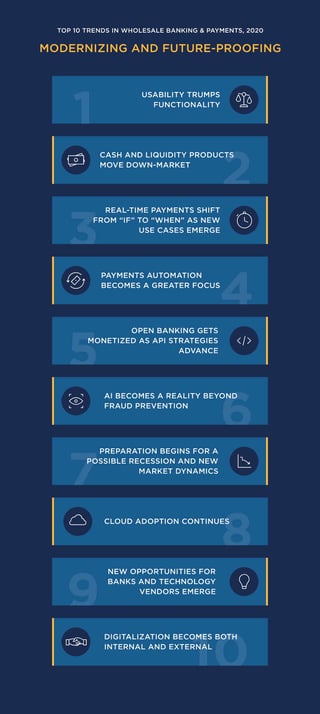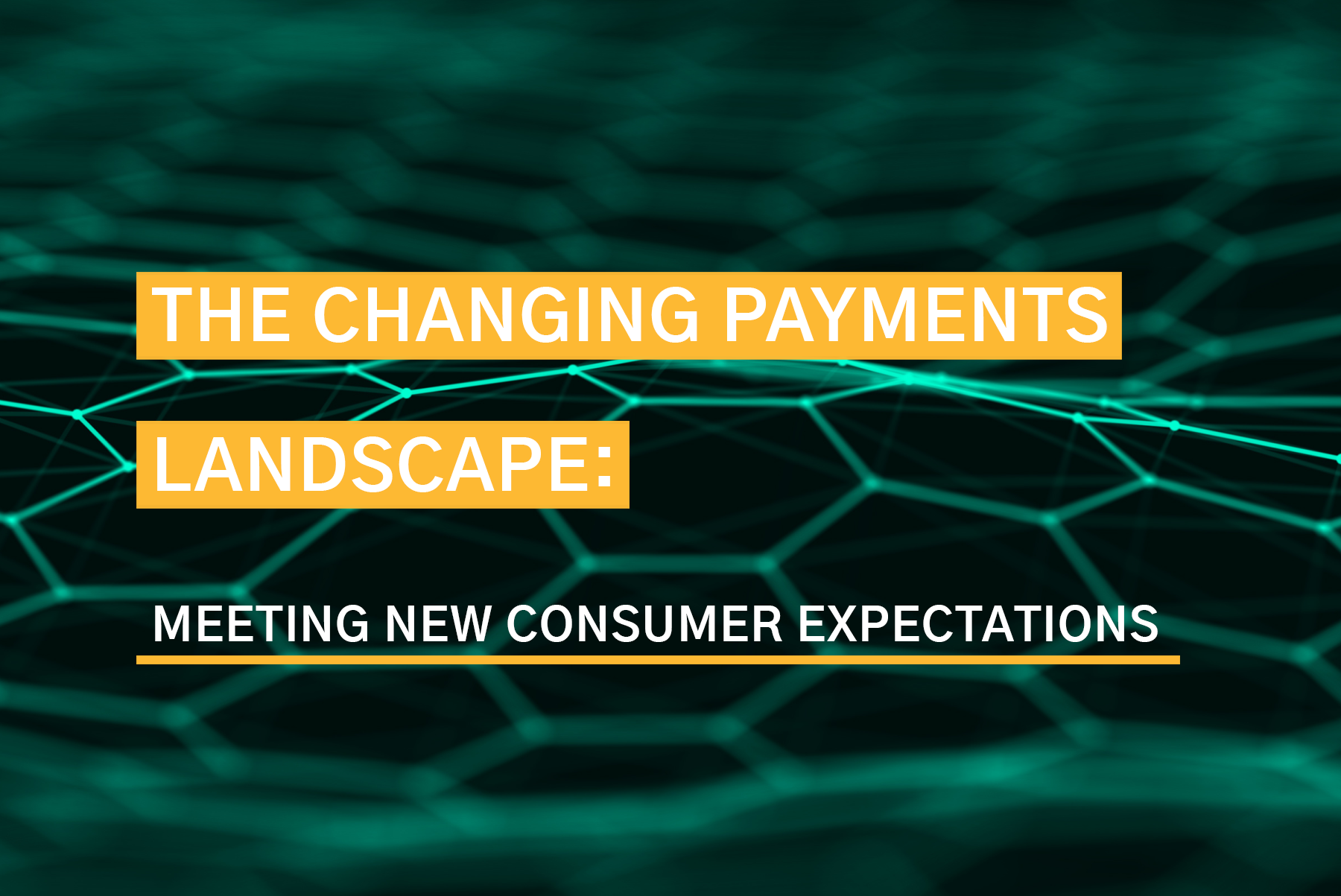No one gets up in the morning and wonders how their payments are going to process as they enjoy their morning coffee. Consumers have the expectation that their payments will be completed quickly, conveniently, and with as little effort as possible. In most cases payments become available on a computer or a mobile device and then promptly deposited into an account from which the funds become available.
Jeff Horowitz, Managing Director at BNY Mellon offers insight into consumer expectations and what businesses should consider moving forward.
The faster payments revolution has put the power of payments back into the hands of the consumer during a time that switching providers is easier than ever.1 As a result, corporations want to ensure they are doing all they can for both their business customers as well as their consumers. Fortunately, new technology not only enables a customer experience that is more closely aligned with expectations but also helps bank and corporate back offices enjoy greater automation, efficiency, and cost savings.2
Banks and Fintech Working to Improve Consumer Experiences
Financial institutions can no longer go it alone and increasingly find themselves partnering with lead technology providers to meet these evolving consumer expectations.3 As a result, there’s been a positive transformation in the relationship between technology companies and banks. Over the last few years banks have been working with fintech companies to be able to provide solutions to organizations as well as consumers.

Fintech companies power faster payments like real-time payments, instant payments, ACH, cross border payments, etc. So banks house the money, and fintech’s provide the technology to give consumers what they want. But the new-age golden rule remains: usability trumps functionality.2
Transcard built their omni channel pay-in / pay-out platform that adds even more now-expected aspects of payments to the process by including workflows. Workflows exist in the middle of the pay-in / pay-out core system and empower abilities such as:
- Interactive messaging and routing
- Attaching data and docs to a transaction
- Digital signatures
The bottom line is this: the more simply, efficiently, and cost effectively corporations can issue payments and reconcile, the better their business is running. Faster payments offers a greater opportunity to billers because billers have an opportunity to develop cost-effective, innovative payment solutions that take advantage of real-time processing, which is immediate and irrevocable, helping to meet consumer’s expectations of immediacy.
In addition, workflows powered by companies like Transcard are making reconciliation a more seamless process while empowering organizations to meet customer expectations while honing their own payment practices to optimize savings and efficiencies.
The organizations that own this process and adapt first will have the greatest opportunity for growth and see more customer retention than those who don’t value what customers want: first-rate usability.
1 Aite report U.S. Consumer Payment Experience: a Blueprint for Creating Positive Behaviors, 2018
2 Aite Report, Top 10 Trends in Financial Services, 2020
3 Aite Report, Top 10 Trends in Wholesale Banking & Payments, 2020: Modernizing and Future-Proofing



